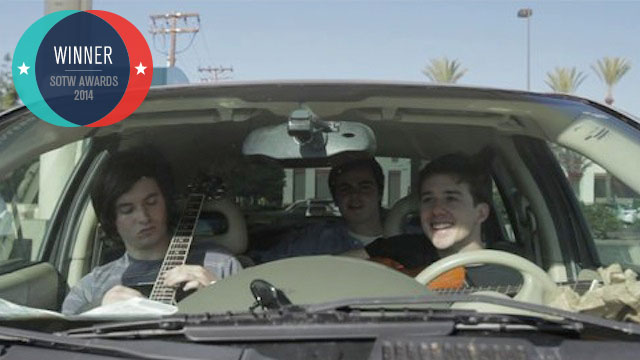One of the greatest difficulties in short film storytelling is the question of scale. Hitchcock once said that dramatically, feature films are a lot closer to short stories than novels. So where the hell does that put short films? Are they like micro-short stories? A single scene? How much story can you fit into a short film? How much should you?
Everyone has seen the short film with nineteen characters and seven half-finished plot arcs. “If only,” these films scream, “if only you’d let me make a feature this would all make sense!” We all know what that feels like, but still, how much story is enough?
Fortunately we contemporary human beings are not the first people to ask these questions. Aristotle, grappling with the very same question, proposed what he called the three classical unities.
- The unity of action: a play should have one main action that it follows, with no or few subplots.
- The unity of place: a play should cover a single physical space and should not attempt to compress geography, nor should the stage represent more than one place.
- The unity of time: the action in a play should take place over no more than 24 hours.

 Jason B. Kohl
Jason B. Kohl